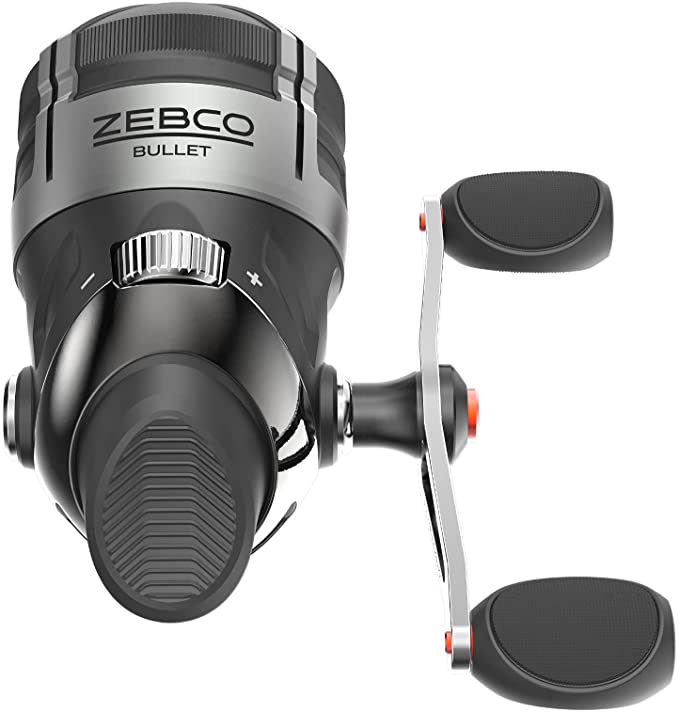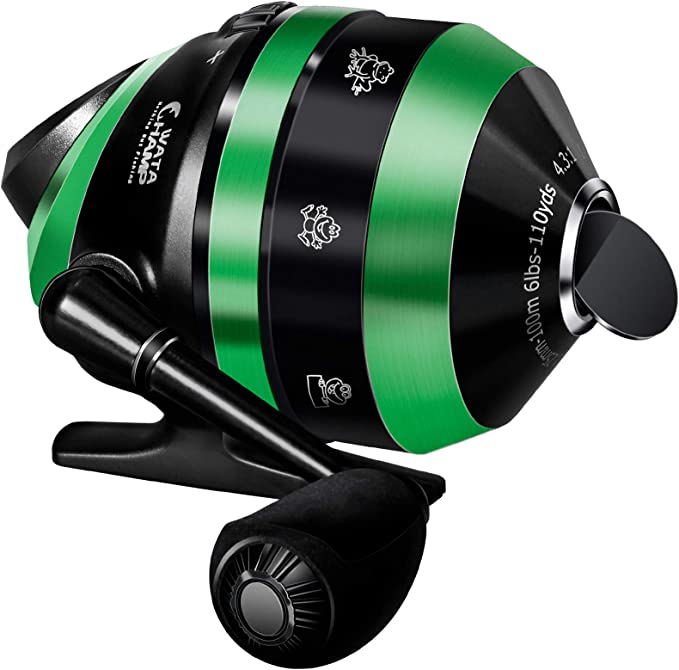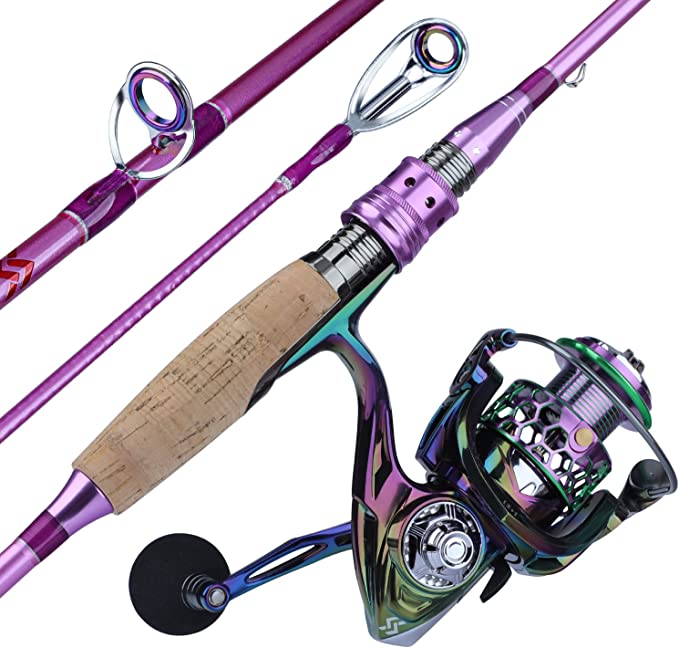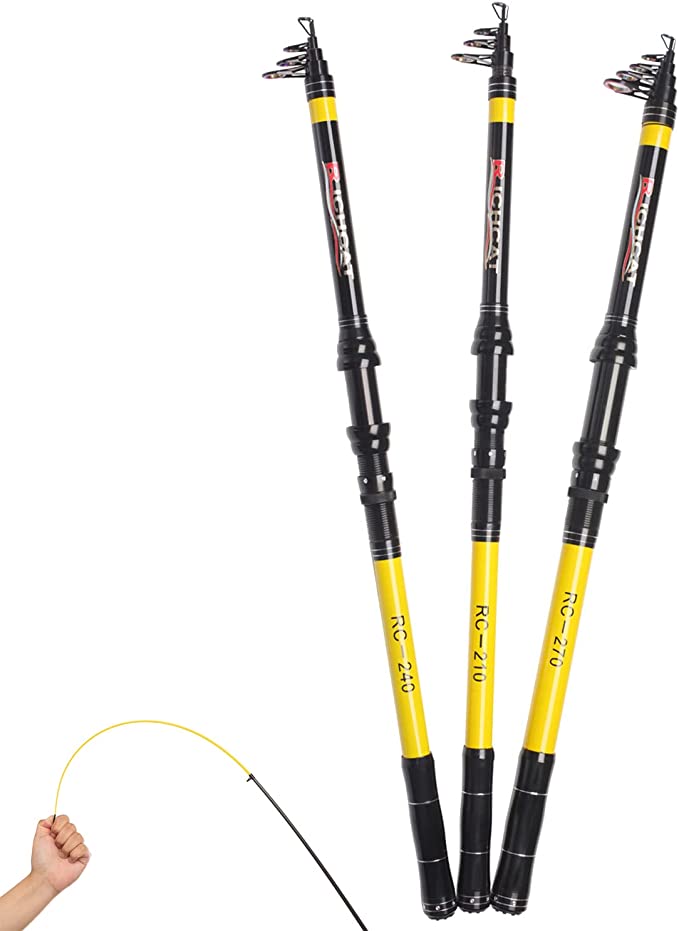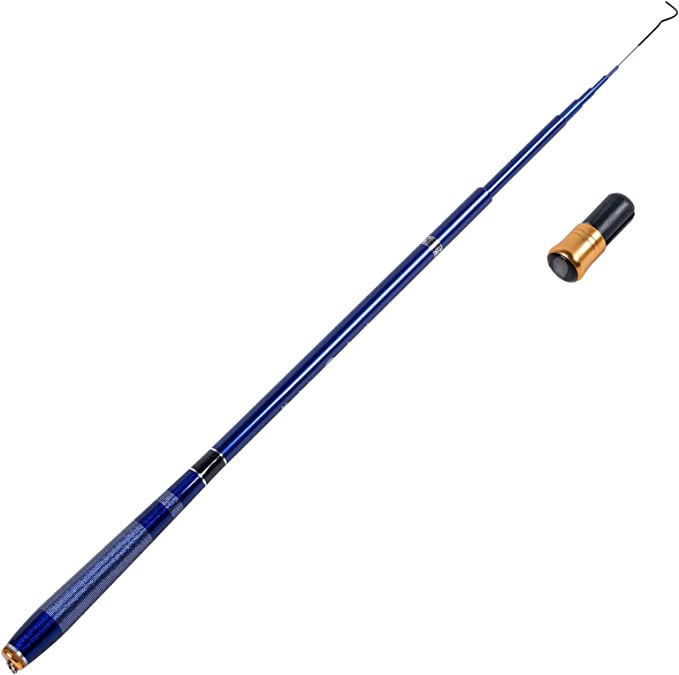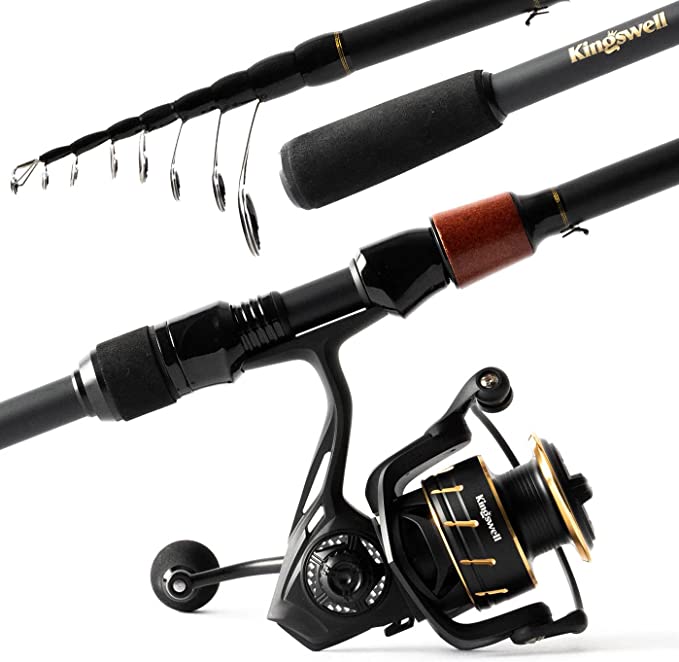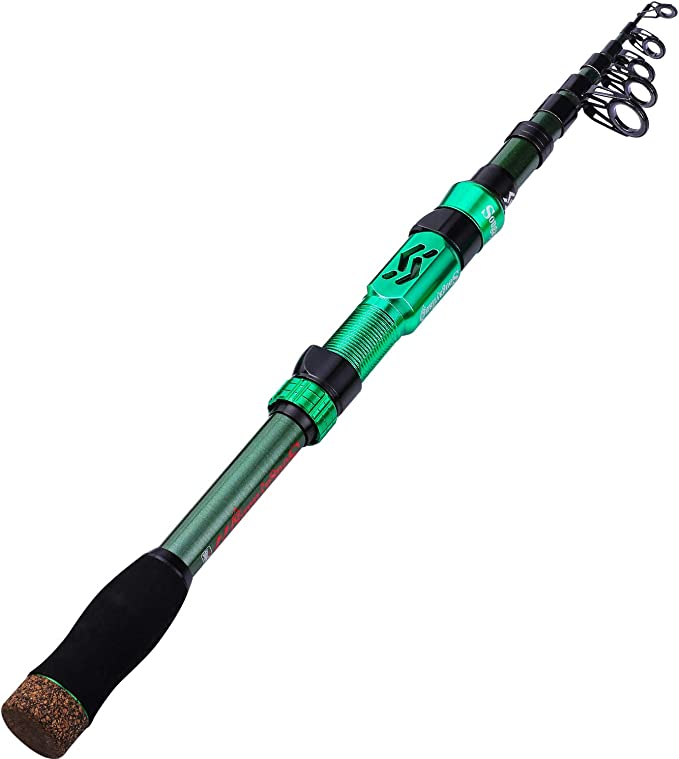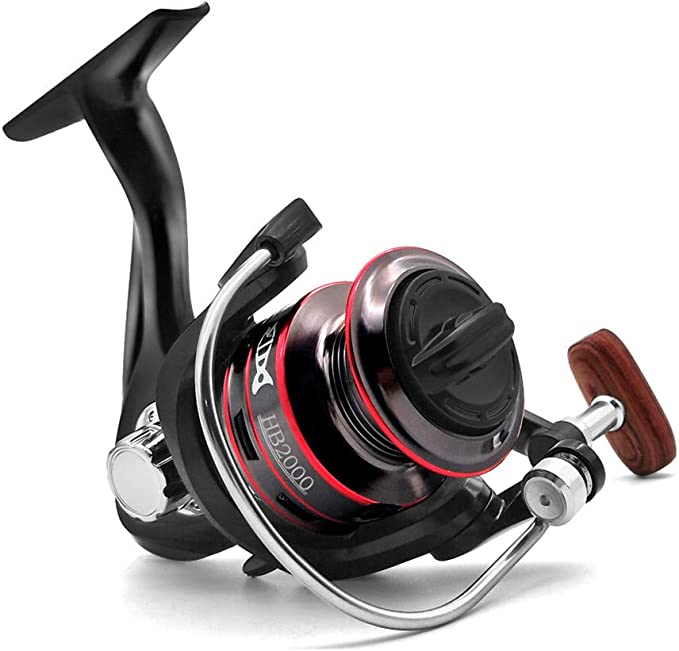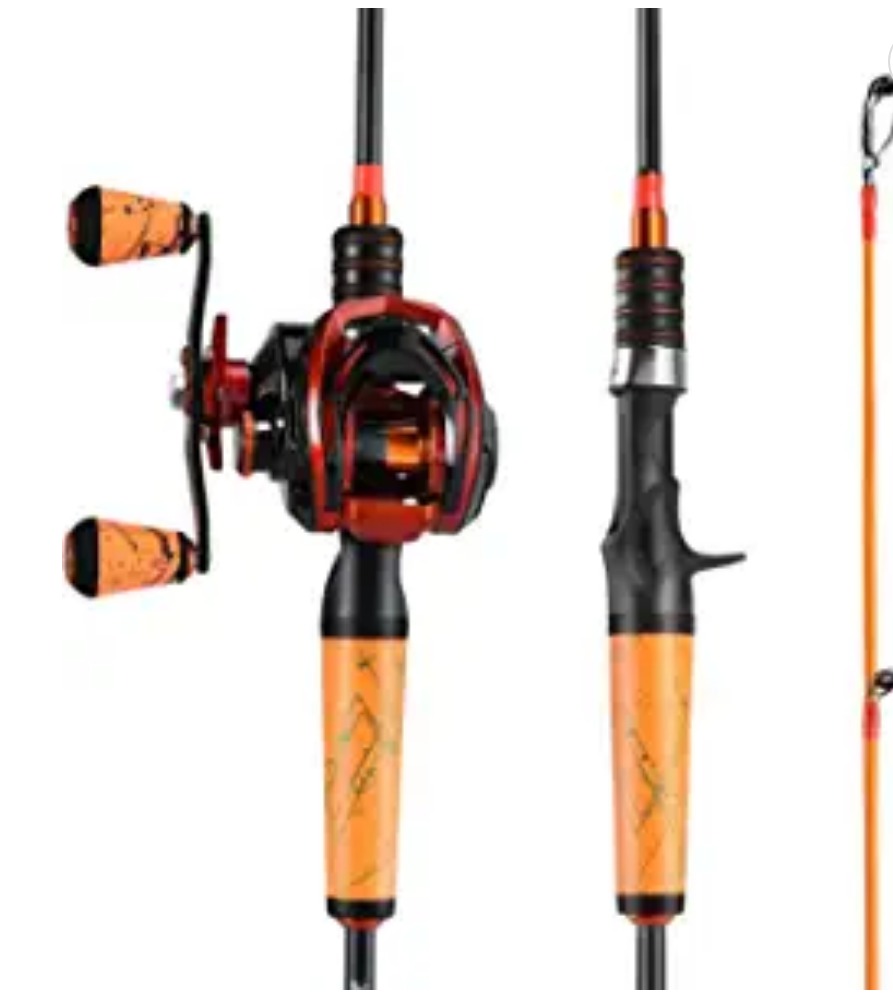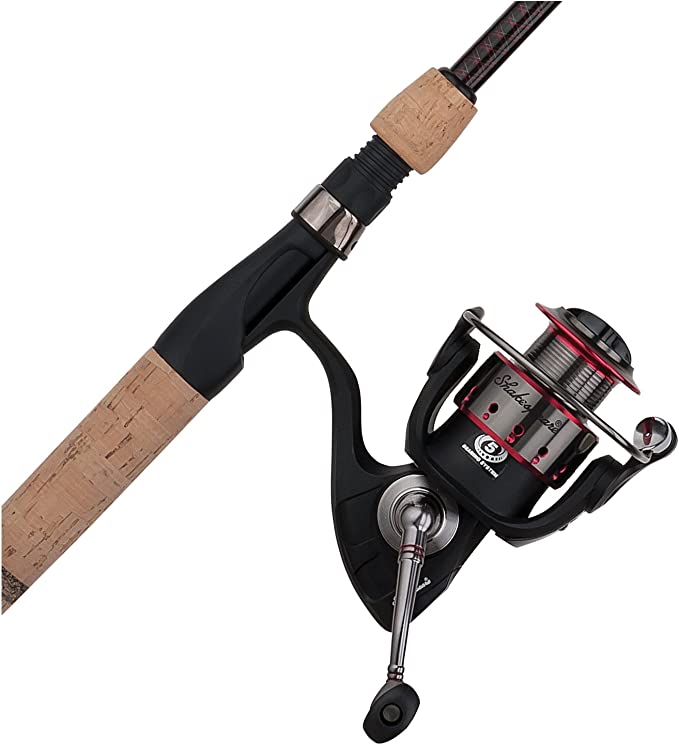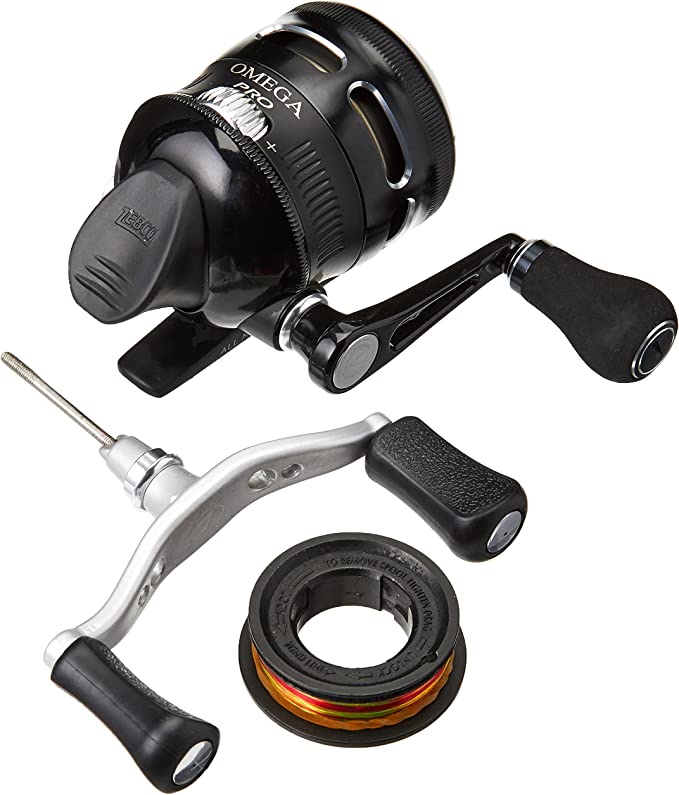The Unfolding Genius: How Science and History Shaped Your Telescopic Fishing Rod
Update on Aug. 2, 2025, 10:40 a.m.
The sun dips below the ridge, painting the alpine lake in hues of orange and purple. You’re miles from the nearest road, the only sound the whisper of the wind through the pines. A trout breaks the surface, a silver flash in the deepening twilight. The regret is instant and sharp. If only you had a fishing rod.
This is the angler’s curse: the perennial conflict between opportunity and preparation. For decades, the fishing rod was a tyrant of logistics—a long, unwieldy, single-piece tool that demanded commitment. But the compact rod you might have in your backpack today, like the Zebco Roam, isn’t just a shorter version of its ancestors. It is the culmination of a quiet revolution in materials and a deep understanding of mechanical physics, a story of how post-war innovation and engineering wisdom conspired to set the angler free. To truly appreciate this tool, we must unfold its hidden history.
The Backbone of Freedom: A Story of Glass and Polymer
The core challenge of any portable tool is a paradox: how do you make something both strong and collapsible? The answer for the modern telescopic rod lies not in metal or wood, but in a remarkable material born from a laboratory accident: fiberglass.
The story begins in the 1930s at the Owens-Corning company. Researchers, trying to weld glass blocks together, accidentally hit one with a jet of compressed air, creating a spray of fine glass fibers. This serendipitous discovery led to “Fiberglas,” a material with an extraordinary strength-to-weight ratio. After proving its worth during World War II as a lightweight, non-corrosive insulator in military aircraft and ships, fiberglass exploded into the post-war consumer world. It shaped the sleek hulls of pleasure boats, the revolutionary bodies of sports cars, and, pivotally for us, the very soul of the modern fishing rod.
What makes it so perfect for this role is its composite nature—the quiet alchemy of glass and polymer. A fiberglass rod isn’t just glass; it’s a matrix of microscopic glass strands suspended in a durable polymer resin. The glass fibers provide immense tensile strength, resisting being pulled apart. The resin holds them together, providing compressive strength and protecting them from the elements. This synergy creates a material that is not only strong but also remarkably flexible and resilient. It can bend to an alarming degree—an application of Hooke’s Law, where the rod stores potential energy like a spring—and snap back to its original shape without suffering the material fatigue that can plague other materials.
When you extend a telescopic rod, you are witnessing a feat of stress distribution. Each overlapping section allows the force from a fighting fish to be shared along the entire 6-foot length, rather than concentrating at a single weak point. This is a deliberate engineering trade-off. While a single-piece rod might offer a marginally higher degree of sensitivity, the telescopic design achieves robust functionality in a package that shrinks to a mere 18.5 inches. It sacrifices the absolute peak of performance for the pinnacle of possibility.
The Heart of Simplicity: Taming Chaos with Mechanical Precision
If the rod is the backbone, the reel is the heart—and the spincast reel is a masterpiece of user-centered design. It was engineered to solve the most frustrating barrier to entry for aspiring anglers: the dreaded “bird’s nest” of tangled line.
Its genius lies in its enclosed, cone-shaped cover. This patented no-tangle design fundamentally changes the physics of casting. By containing the spool, it prevents loops of line from being caught by the wind and tangling upon themselves. When you press the thumb button, an internal pin retracts, and the line flies out straight and true. It’s an elegant solution that transforms a potentially complex action into an intuitive, press-and-release motion.
Inside this simple exterior lies a robust engine room. The presence of all-metal gears is a quiet promise of durability. These gears are responsible for translating your cranking motion into line retrieval, and their material is critical. They operate under a gear ratio of 3.6:1, a number that holds the secret to the reel’s character. Think of it like the low gear on a bicycle. You don’t pedal to win a race; you pedal to climb a steep hill. This gear ratio isn’t built for speed; it’s built for power, or more accurately, torque. For every turn of the handle, the spool rotates 3.6 times, providing a significant mechanical advantage. This allows you to winch in a struggling fish with steady, confident pressure, a crucial feature when you’re still learning the feel of the fight.
The final piece of this mechanical puzzle is the dial-adjustable drag. This isn’t just a knob; it’s a sophisticated friction clutch. Its job is to act as a safety valve for the entire system. When a fish makes a sudden, powerful run, the force on the line spikes. Before that tension can snap the 10-pound line, the drag system slips, allowing the spool to turn backward and release line under controlled pressure. You are, in essence, using the principles of friction to play the fish, letting it tire itself out against a steady, relentless resistance.
An Engineered Invitation
In the end, the Zebco Roam, and tools like it, are far more than the sum of their parts. They are systems where fiberglass chemistry, lever mechanics, and gear physics converge to solve a deeply human desire: to be ready for a moment of quiet connection with nature. This is not the specialized tool of a tournament professional. It is something far more profound. It is a piece of democratized engineering.
Its genius lies not in chasing ultimate performance, but in removing barriers. It’s an invitation to the family on a camping trip, to the hiker exploring a new trail, to anyone who has ever looked at a shimmering piece of water and wished they could cast a line. The thoughtful engineering woven into its very fabric—from the post-war legacy of its materials to the elegant simplicity of its mechanics—makes the complex feel simple, and the inaccessible, wonderfully, powerfully, possible.

